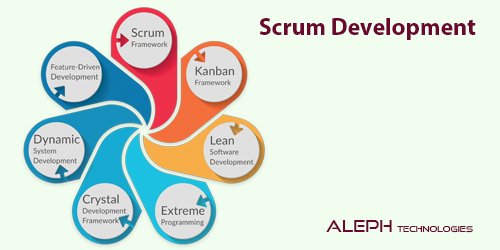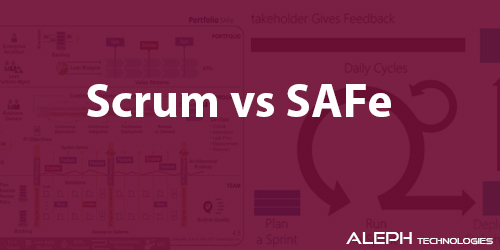Unlocking Efficiency with Rapid Application Development (RAD) in Software Development
Feb 22, 2024
Aleph Technologies
4 minutes read
0 comments
861 views
Explore the benefits of Rapid Application Development (RAD) and how it revolutionizes software development. Learn about the stages of RAD, from business and data modeling to application generation, testing, and implementation. Discover when to use RAD and its impact on project efficiency. Dive into a faster, more adaptive approach to software development with RAD.
Scrum
Agile
Product Manager
Agile and Scrum
Agile Coaching
Scaled Agile
Scrum Master
Product Owner
Agile
Scrum
Agile Mindset
Kanban
Why do you use RAD?
Rapid Application Development (RAD) is a dynamic software development approach that minimizes planning time. Developed by IBM in the 1980s, RAD has transformed how organizations build software by enabling faster development compared to the traditional Waterfall method. While Waterfall relies on sequential stages that often result in lengthy development cycles, RAD offers a solution for non-scalable processes.
The RAD Platform utilizes the following key advances:
- Business Modeling 🏢:Information about an organization's business objectives is outlined and collected, highlighting goals for the RAD Platform to meet.
- Data Modeling 📊:Data from the Business Modeling stage is used to extract parameters for the development process. Datasheets must align with the objectives of the business model.
- Process Modeling 🔄:Results from data modeling are employed to establish the actual process of software development. Methods for adding, deleting, or modifying data are determined.
- Application Generation ⚙️:The process of organizing to ensure the application is created and developed. Automated tools heavily depend on Application Generation.
- Testing 🧪:Rapid Application Development significantly reduces the overall testing time as models are previously tested independently. Thorough testing of data flow and interaction between departments ensures complete coverage.
- Implementation 🚀:The stage where the new system is delivered and introduced, using the developed models as the foundation. Adjustments or additional development may occur based on user feedback and requirements.
When to use Rapid Application Development?
Rapid Application Development is ideal when:
- Models are thoroughly tested for efficiency.
- Highly skilled developers are available.
- Sufficient budget is allocated.
- The project can be divided into modules for effective implementation.
- User feedback can be easily gathered throughout the development process.
Implementing Rapid Application Development requires careful consideration of project size, budget, and the ability to collect user responses. With its focus on iterative development and user involvement, RAD emerges as a powerful methodology for enhancing project efficiency and responsiveness in software development.
Add Your Comment
Related posts
-

Scrum Development: A Comprehensive Overview 🚀
Mar 25, 2024 -

Understanding SAFe Principles: A Comprehensive Guide 🚀
Mar 25, 2024 -

Understanding Scaled Agile (SAFe) and Disciplined Agile Delivery (DAD)
Mar 25, 2024 -

Scrum vs SAFe: Unveiling the Differences 🔄
Mar 25, 2024

Please login to check comments